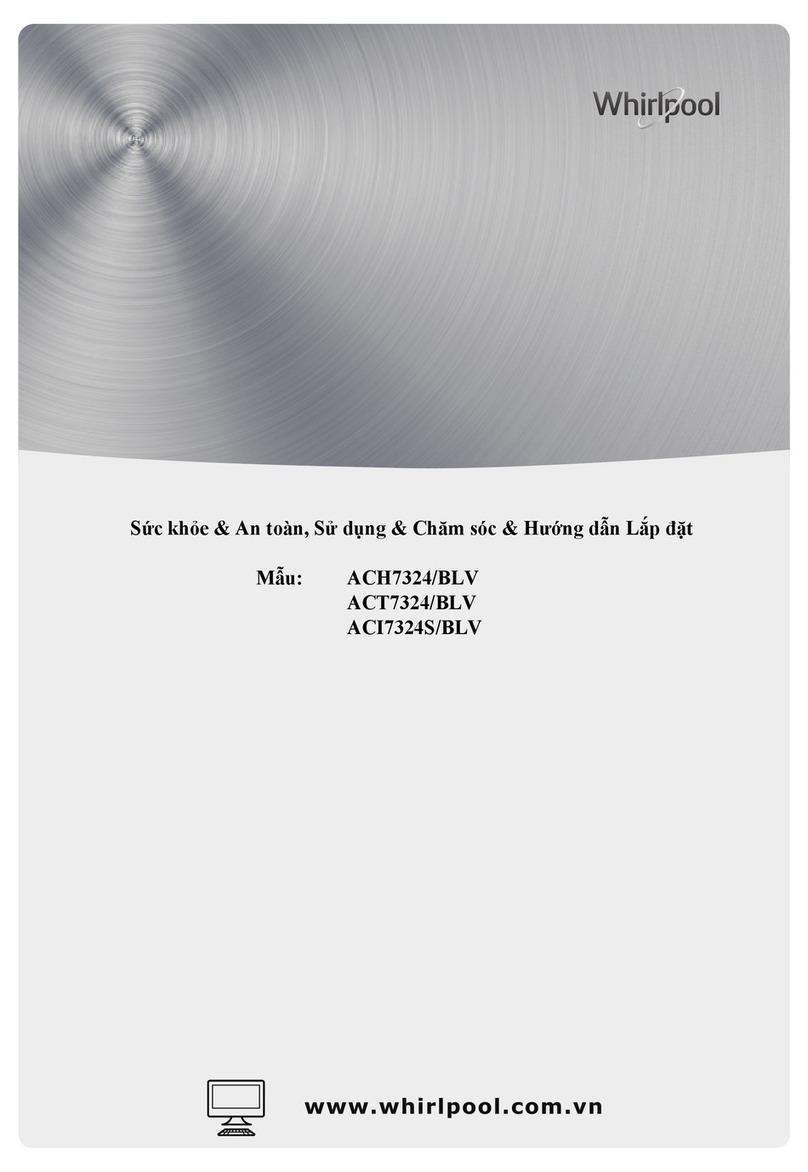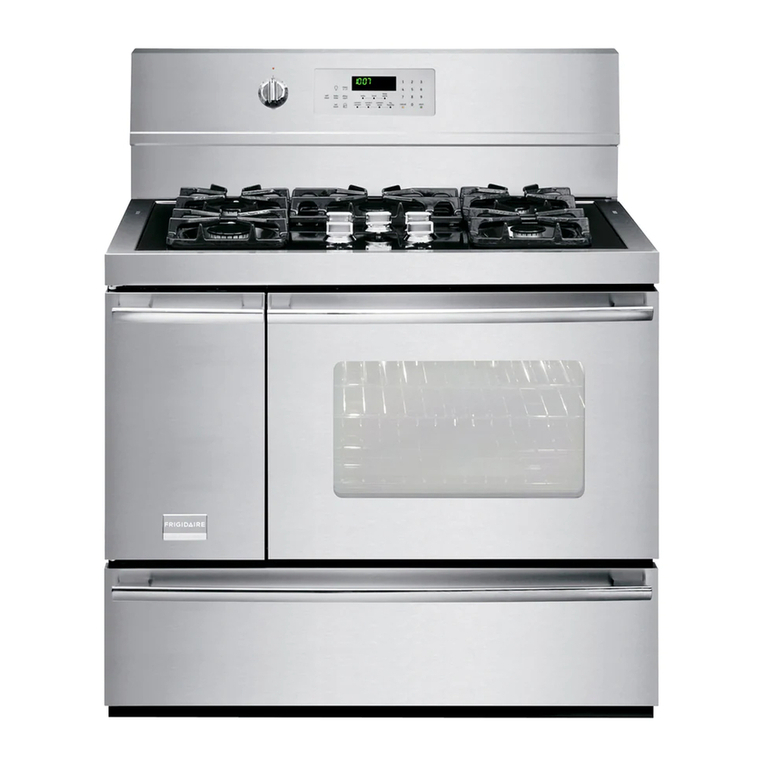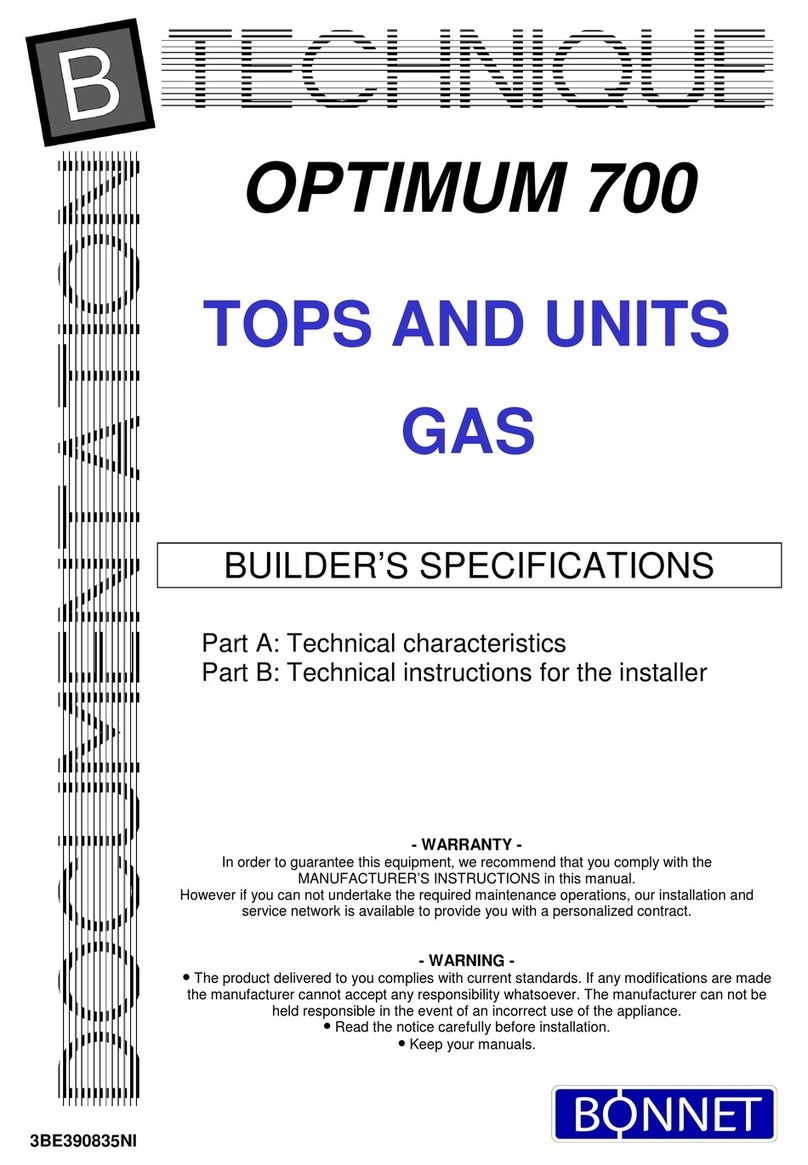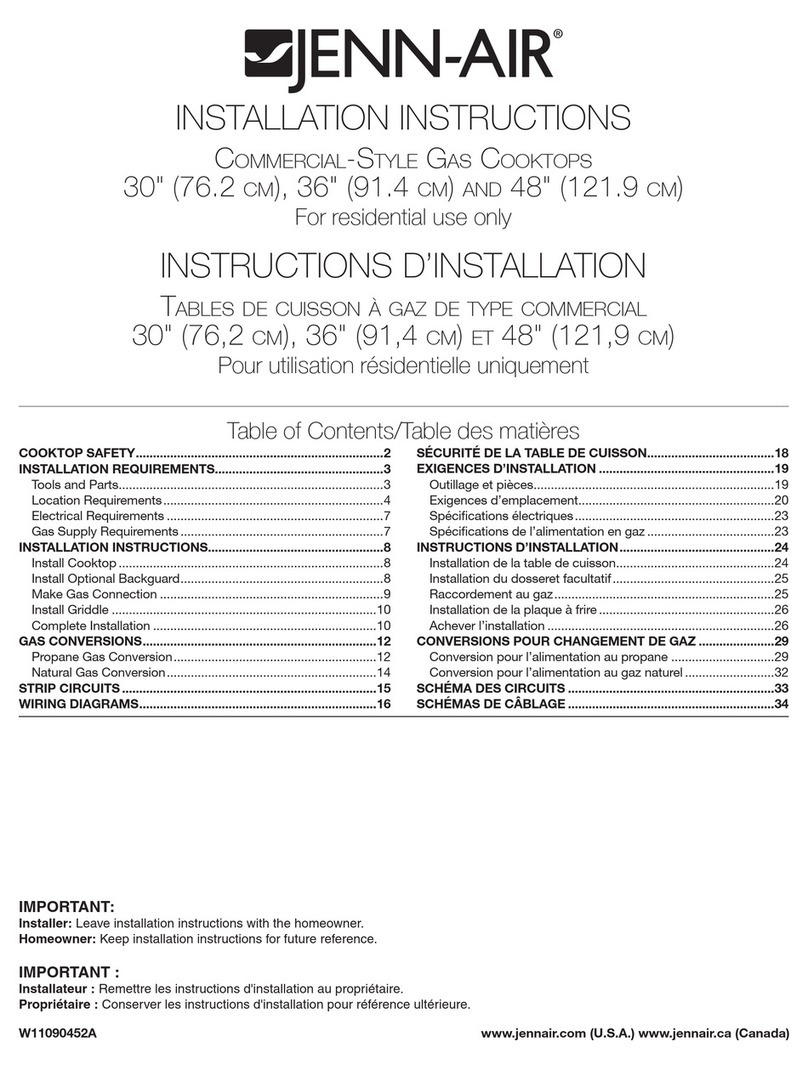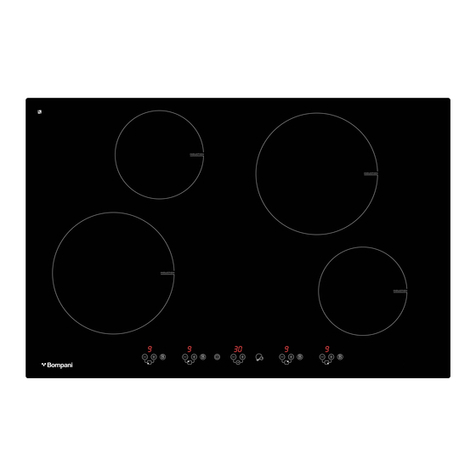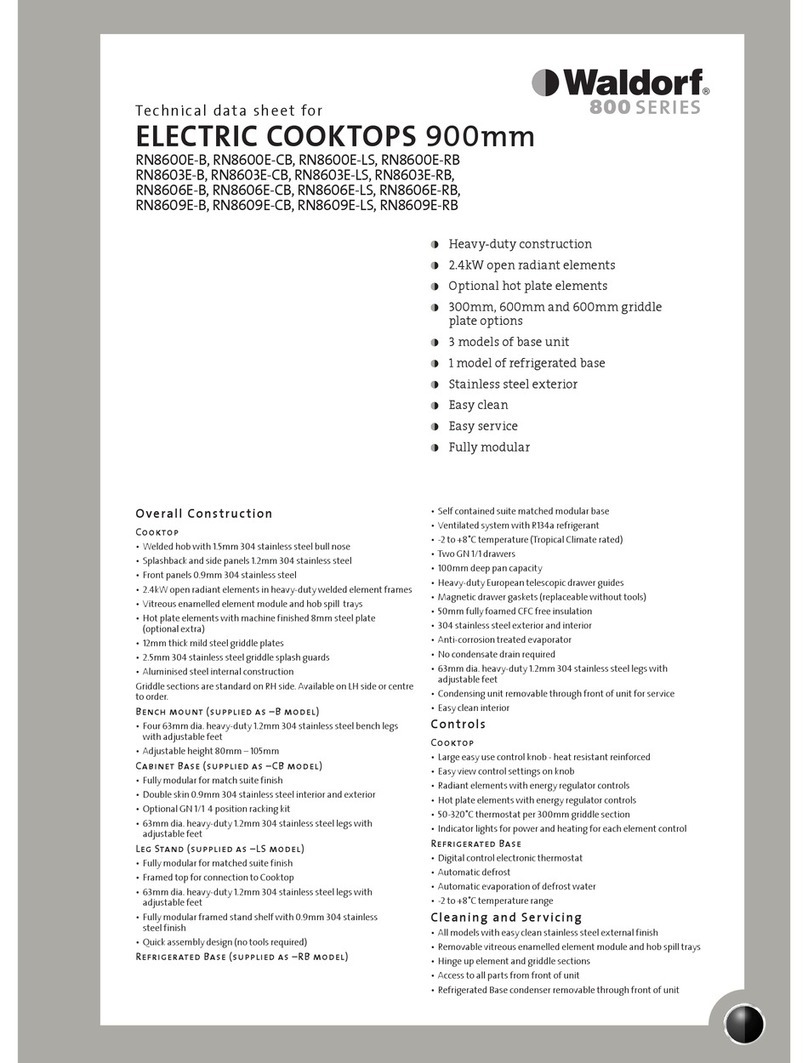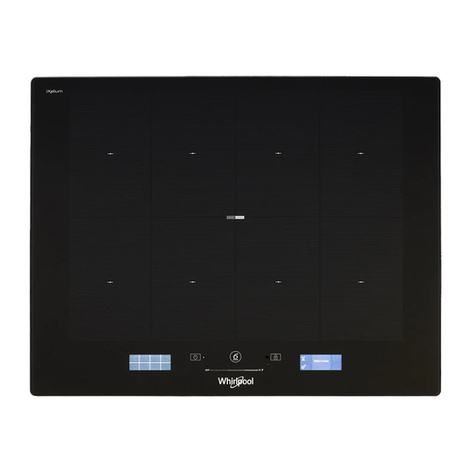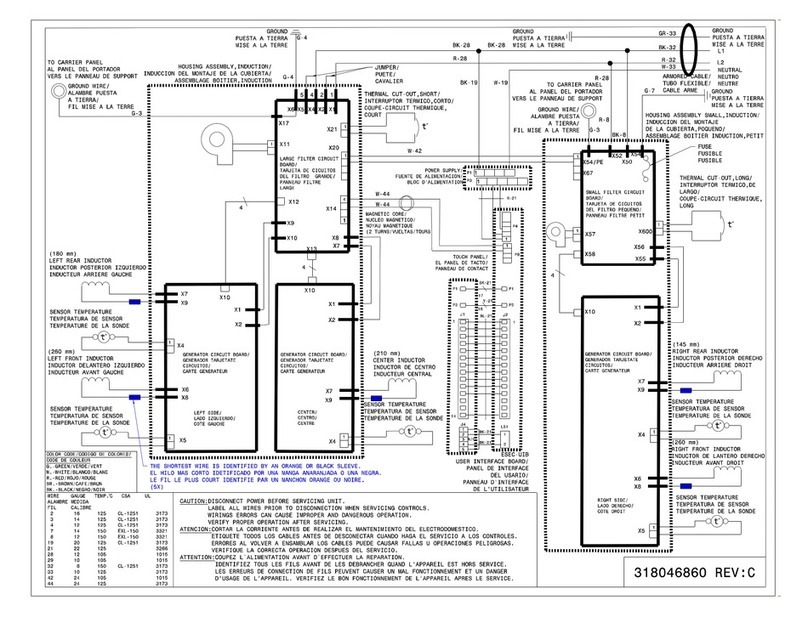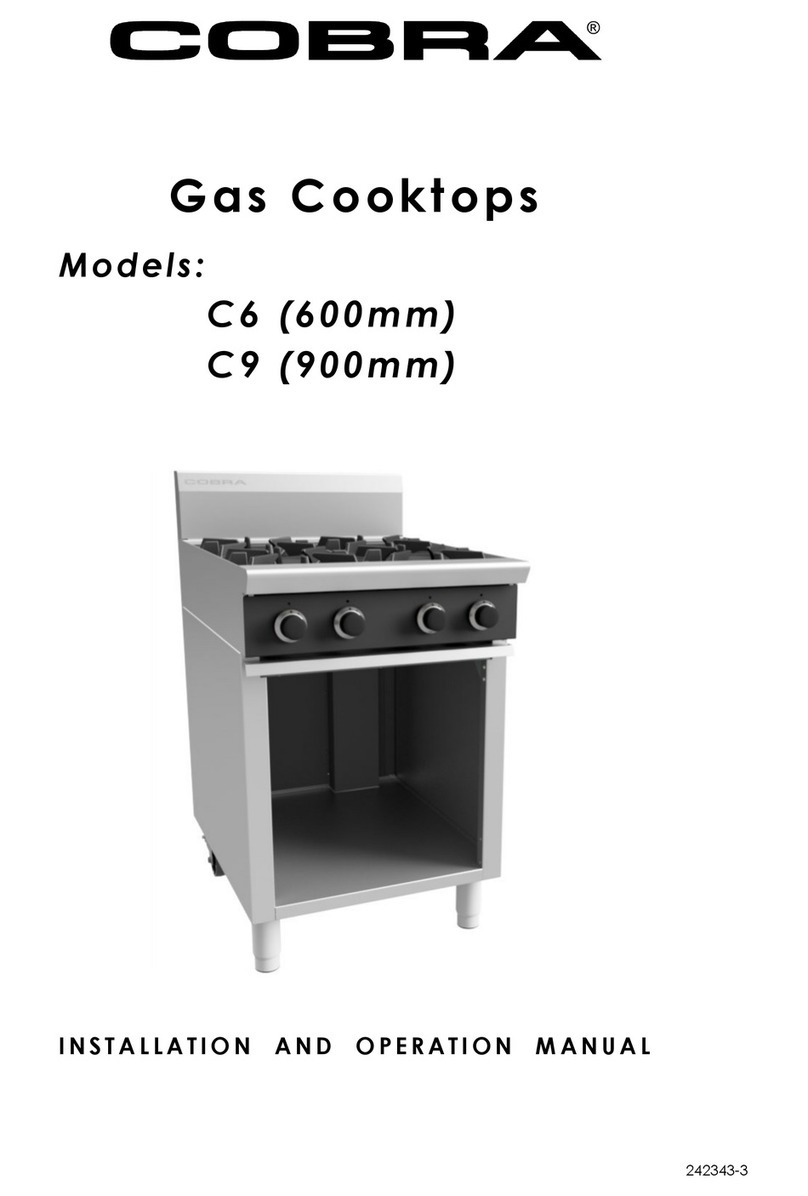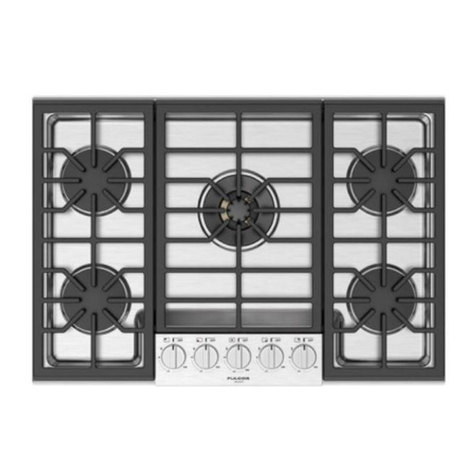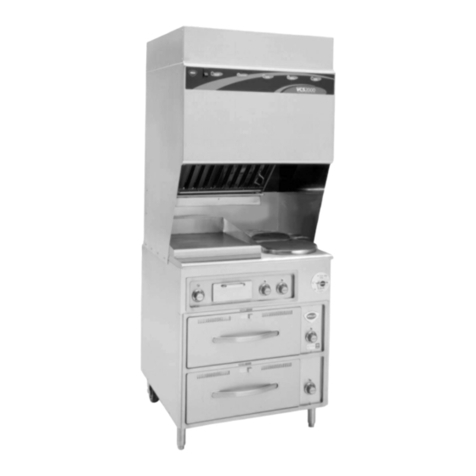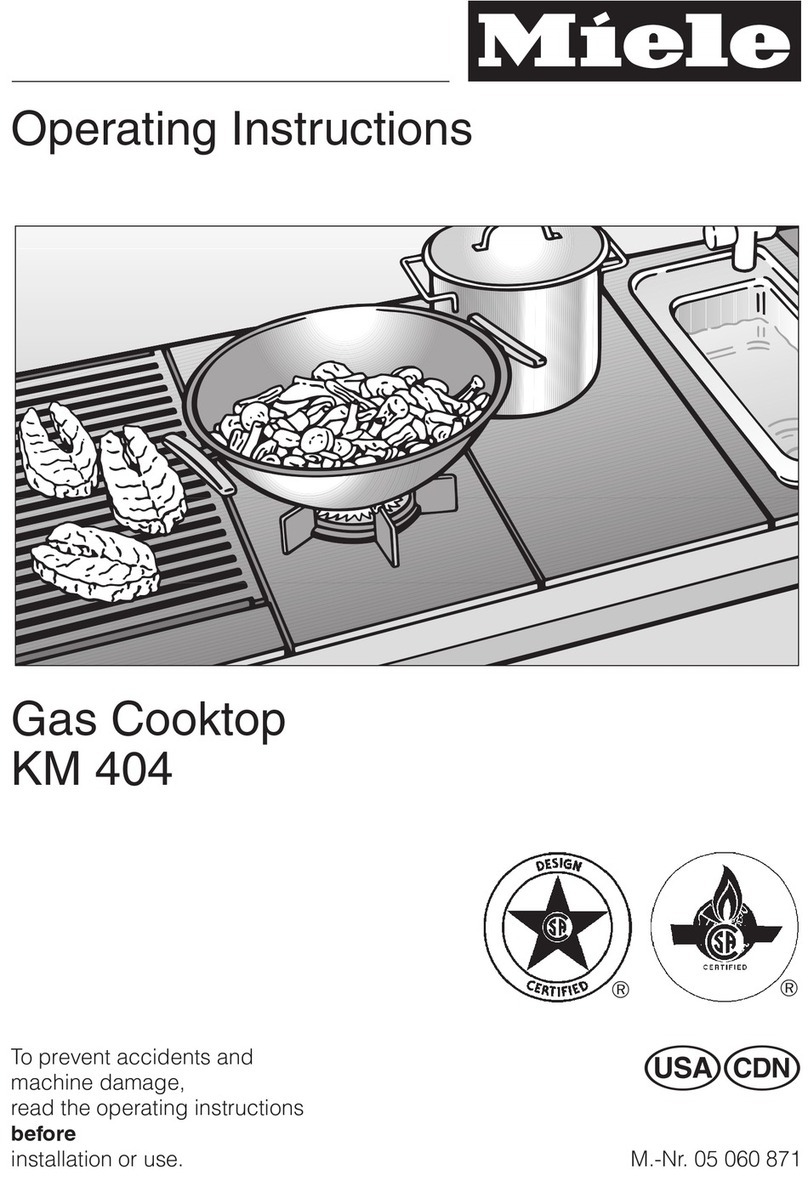6
NOTE:
The gas pressure regulator provided with this
appliance is convertible between Natural Gas and
LPG as per the ‘Gas Conversion Section’ in this
manual.
Ensure the regulator is converted to the correct gas
type that the appliance will operate on.
The regulator outlet pressure is fixed ex-factory for
the gas type that the regulator is converted to and it
is NOT to be adjusted.
The regulator connections are 3/4” BSP female.
The connection to the appliance is 3/4” BSP male.
(Refer to the 'Specifications' Section for the gas
supply location dimensions).
NOTE:
A Manual Isolation Valve must be fitted to the
individual appliance supply line.
4. Correctly locate the appliance into its final
operating position and using a spirit level, adjust
the legs so that the appliance is level and at the
correct height.
5. Connect the gas supply to the appliance. A
suitable joining compound which resists the
breakdown action of LPG must be used on
every gas line connection, unless compression
fittings are used.
6. Check all gas connections for leakages using
soapy water or other gas detecting equipment.
7. Check that the gas supply pressure is as shown in
‘Specifications’ section, ‘Gas Supply
Requirements’.
NOTE:
The supply pressure to be measured at the manifold
test point.
8. Light the Main Burners. Refer to the 'Operations’
Section', ‘Open Burners’.
9. Verify that the supply pressure is still correct.
10. Check that the Main Burner is alight and adjust
the low fire adjustment screw on the open
burner gas control valves to obtain the desired
flame size.
11. Check / adjust the main burner aeration gap.
This gap should be set to the dimensions shown
in the 'Gas Specification Tables' in ‘Part 6 - Gas
Conversion’.
NOTE:
This appliance is fitted with adjustable feet to enable
the appliance to be positioned securely and level.
This should be carried out on completion of the gas
connection.
Part 3 Installation
Assembly
This model is delivered completely assembled.
Ensure that the legs and rollers are securely
attached.
NOTE:
This appliance is fitted with adjustable feet to enable
the appliance to be positioned securely and level.
This should be carried out on completion of the gas
connection. Refer to the 'Gas Connection' section.
Gas Connection
NOTE:
ALL GAS FITTING MUST ONLY BE CARRIED OUT BY A
QUALIFIED SERVICE PERSON.
1. Cobra Series Cooktops do not require an
electrical connection, they function totally on
the gas supply only.
2. It is essential that the gas supply is correct for the
appliance to be installed and that adequate
supply pressure and volume are available. The
following checks should therefore be made
before installation:-
a. The Gas Type the appliance has been
supplied for is shown on coloured stickers
located above the gas entry point and next
to the rating plate. Check that this is correct
for the gas supply the appliance is being
installed for. The gas conversion procedure is
detailed in the Gas Conversion Instruction
Sheet for this appliance.
b. Supply Pressure required for this appliance is
shown in the 'Specifications' section of this
manual. Check the gas supply to ensure that
adequate supply pressure exists.
c. Input Rate of this appliance is also stated on
the Rating Plate located on the front upper
right hand corner of the cooktop cabinet
and in the 'Specifications' section of this
manual. The input rate should be checked
against the available gas supply line
capacity. Particular note should be taken if
the appliance is being added to an existing
installation.
NOTE
It is important that adequately sized piping runs
directly to the connection joint on the appliance,
with as few tees and elbows as possible to give
maximum supply volume.
3. Fit the gas regulator supplied, into the gas supply
line as close to the appliance as possible.
WARNING:
DONOT USE ANAKED FLAME TO CHECK FOR GAS LEAKAGES.


